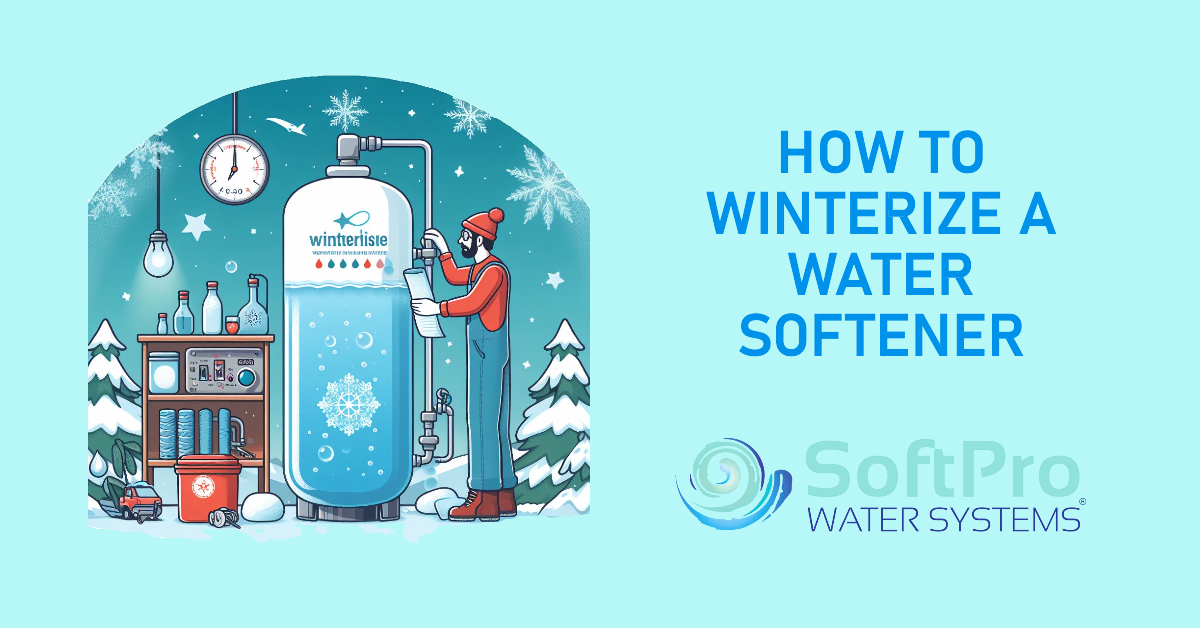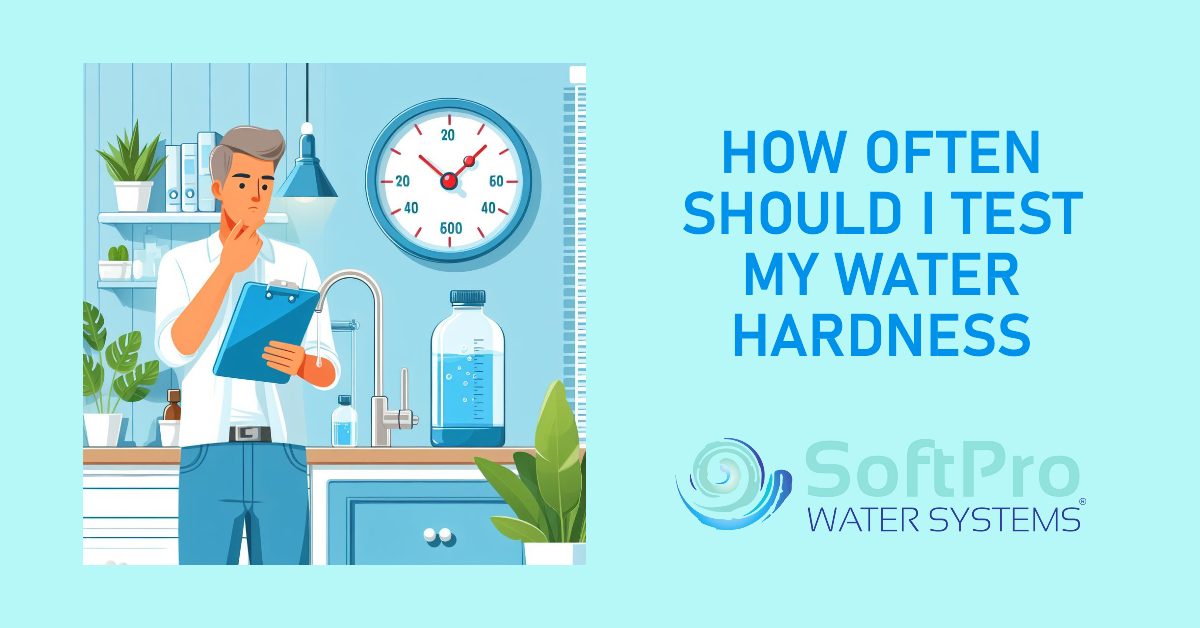How to Replace the Water Softener Resin?
Table of Contents
Replacing the resin in your water softener is essential to maintain its effectiveness in removing hard water minerals. Over time, resin beads become coated with iron, calcium, and magnesium, losing their softening capacity. This guide will walk you through the process step-by-step, empowering you to fix this common issue yourself.
Hard water is a widespread problem faced by homeowners, causing issues like scale buildup, dry skin, spotty dishes, and higher energy bills. Water softeners offer an effective solution, but their resin beds require periodic replacement to ensure optimal performance. Understanding the signs your resin needs replacing and knowing how to do it saves you money and ensures you always enjoy soft water.
Why Does Water Softener Resin Need Replacing?
Water softeners work through a process called ion exchange. Hard water, rich in calcium and magnesium minerals, flows into the softener's resin tank. Thousands of tiny resin beads, typically made of polystyrene, hold negatively charged sodium ions. As hard water passes through, the calcium and magnesium ions are drawn to the resin, displacing the sodium ions. This effectively "softens" your water.
Over time, however, the resin beads become saturated with minerals. Iron buildup from your water supply can further coat the beads. This hinders their ability to exchange ions. As a result, you'll see the unwelcome return of hard water symptoms. Most resin lasts around 5 to 10 years, but this lifespan is shortened by hard water or a high water usage rate.
Choosing the Right Replacement Resin
Not all water softener resins are alike. Here's how to select the right type for your needs:
- Standard Resin: The workhorse for most homes, standard resin offers high softening capacity.
- Fine Mesh Resin: Better for water with high iron levels, as the smaller beads provide a larger surface area to catch iron particles.
- Salt-Saver Resin: Reduces salt consumption, a good choice for areas with water restrictions.
You'll need to consider your household size, the hardness of your water (measured in grains per gallon), and any specific water concerns when choosing a replacement resin. Refer to your water softener manufacturer's recommendations, and check websites like www.softprowatersystems.com for helpful resources and product advice.
Step-by-Step Guide to Replacing Water Softener Resin
Preparation
- Gather Tools: Pliers, bucket, funnel, measuring cup, possibly a shop vac if available.
- Safety First: Turn off the water supply to your home and turn your water softener to "bypass" mode.
- Consult Manual: Refer to your softener's manual for specific instructions or quirks.
Emptying the Tank
- Disconnect: Remove the softener's control valve. Be careful not to damage O-rings or seals.
- Drain Water: Some softeners have a drain feature; if not, siphon remaining water out.
- Remove Resin: Use a cup or shop vac to carefully scoop out the old resin. Avoid damaging the bottom distributor basket or the center riser tube.
Adding the New Resin
- Gravel Layer: Pour in a small layer of softener gravel to protect the distributor basket.
- Calculate: Use your softener's specifications to determine how much resin you need. Fill to the manufacturer's recommended level.
- Even Distribution: Use a funnel and be careful not to overfill.
Sanitizing & Reassembly
- Reconnect: Carefully reattach the control valve, aligning O-rings for a proper seal.
- Backwash: Run a backwash cycle to rinse out manufacturing residue and fine particles.
- Sanitize: Follow manufacturer instructions using either bleach or a resin cleaning product.
Troubleshooting Common Problems
- Resin in Your Water: This likely means a damaged distributor basket. Inspect it closely for cracks, and replace it if necessary.
- Hardness Remains: Check if you used the right amount and type of resin. Ensure the control valve is fully assembled. Beyond the resin, your softener may have worn parts requiring replacement.
- Low Water Pressure: Inspect the drain line for clogs, and check for resin beads stuck in the control valve.
Tips for Maximizing Resin Lifespan
- Address Iron: If your water is high in iron, a pre-filter specifically for iron removal will save your softener resin from rapid fouling.
- Regular Maintenance: Follow the manufacturer's salt refill and cleaning instructions.
- Professional Checkups: Consider periodic inspections to catch other issues that could indirectly affect resin life.
SoftPro Water Systems: Your Partner in Soft Water
At SoftPro Water Systems, we're passionate about providing cutting-edge water softening solutions. If you have questions about resin replacement, choosing the right system, or any water issues, our experts are here to help. Visit www.softprowatersystems.com for more information and resources.
FAQs
How do I know if my water softener resin needs replacing?
The most obvious signs are hard water returning (scale buildup, spotty dishes, reduced lathering) and decreased water flow. If these are happening despite regular softener maintenance, it's likely time for new resin.
Can I replace water softener resin myself?
Yes! Most homeowners can handle resin replacement with basic tools and by following the manufacturer's instructions. Online guides and videos are also readily available to help with the process.
What's the lifespan of water softener resin?
Resin typically lasts between 5-10 years. However, factors like hard water levels, iron content in your water, and usage volume can shorten that lifespan.
Are there different types of water softener resin?
Yes! Standard resin is the most common, but there are also fine-mesh resins for high iron, salt-saving resins, and specialty types. Choosing the right one depends on your water quality and household needs.
Key Takeaways for Optimal Water Softener Performance
- Maintaining Softened Water: Resin replacement is an essential part of keeping your water softener working its best. By understanding the signs of resin failure, you can take proactive steps to ensure consistent soft water benefits.
- Choosing the Right Resin: Not all resins are created equal. Selecting the type that aligns with your water conditions and consumption habits will enhance efficiency and extend the resin's lifespan.
- DIY-Friendly Solution: Most homeowners can successfully replace water softener resin themselves. Following the process carefully and consulting reliable resources empowers you to save money and troubleshoot this common issue.
- Protecting Your Investment: Proactive resin replacement, along with regular softener maintenance and addressing excessive iron in your water, safeguards your water softening system for years to come.
Ready to tackle your resin replacement or explore water softening solutions?
Visit SoftPro Water Systems at https://www.softprowatersystems.com for helpful guides, product information, and expert advice!




![SoftPro Chlorine+ Carbon Whole House Water Filter to Remove PFAS, Chlorine, Chloramine & Pesticides [City Water Filters Series]](http://www.softprowatersystems.com/cdn/shop/products/softpro-whole-house-chlorine-filter-282008.jpg?v=1758858973&width=140)
![SoftPro Iron Filter - Iron Master AIO - Best Iron Filter for Well Water [Air Injected Water Filter / Katalox]](http://www.softprowatersystems.com/cdn/shop/products/softpro-iron-master-aio-water-filtration-system-remove-iron-sulfur-manganese-using-air-injection-for-optimal-performance-412868.jpg?v=1758859831&width=140)













